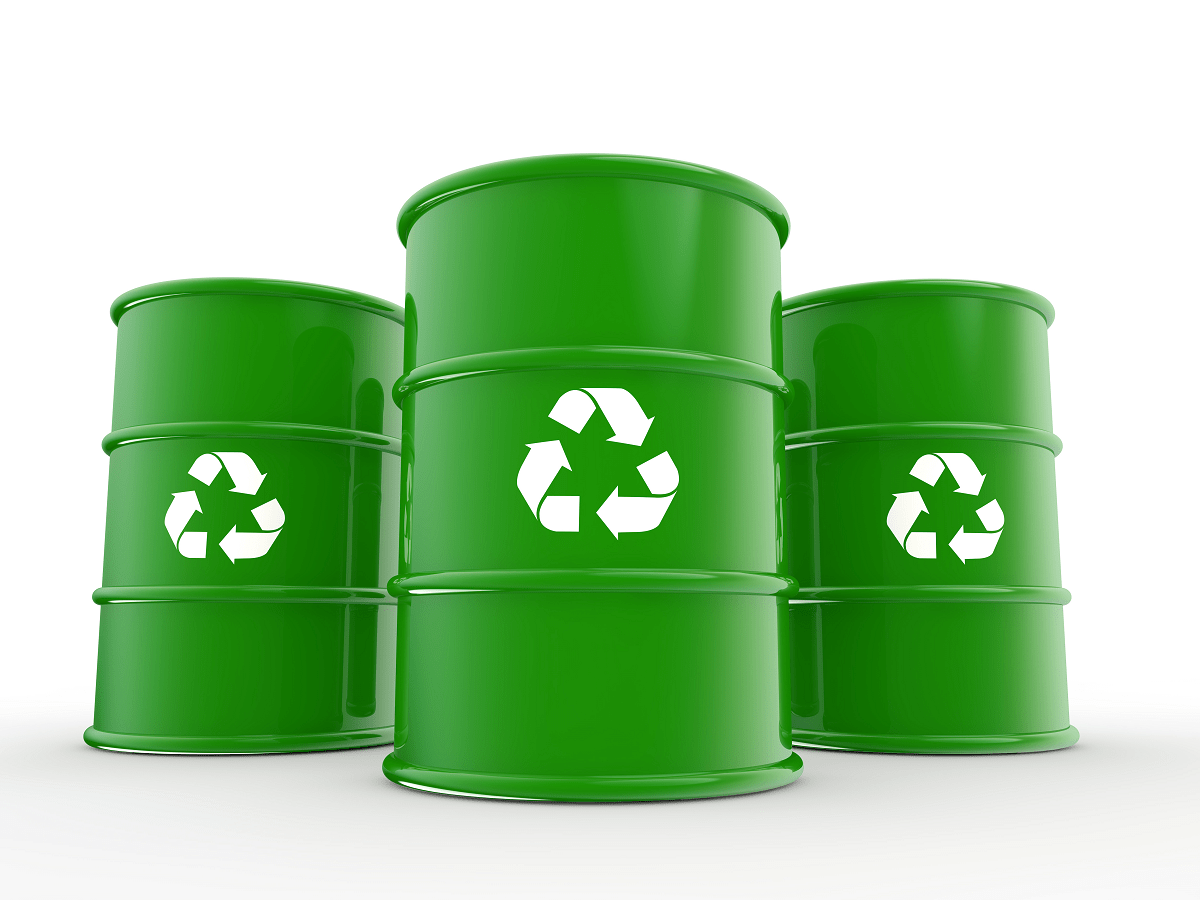No matter the products that they produce or how many consumers they provide for, every industry utilizes water for its industrial applications. This...
Blog


CHEMICAL INDUSTRY NEWS
Chemical Chat – Discover What’s New!
What Is Cooling Water Biocide?
Cooling water systems are often dependent on large quantities of water, often obtained from natural sources. This means that all sorts of...
Examples of Cooling Water Additives
Water cooling systems, like any space that contains a lot of water, are susceptible to many types of issues. Just as fish tanks require frequent...
What Are Some Water Cooling Anti-Corrosion Additives?
One of the biggest problems that water cooling systems can face is corrosion, which occurs when water interacts with...
What Is Cooling Water Biocide?
Cooling water systems are often dependent on large quantities of water, often obtained from natural sources. This...
Company News

Managed Services
Discover the Latest in Safe and Sustainable Chemical Solutions
Stay informed with Ecolink’s blog! Subscribe now
Chemical Management Information
Stay updated with us
Sign Up for the Latest Updates
Stay informed about chemical supply chain disruptions and emerging innovations to keep your business at the forefront of efficiency and innovation. Uncover new ways to make your business practices more sustainable by incorporating safer products into your cleaning lineup.


























